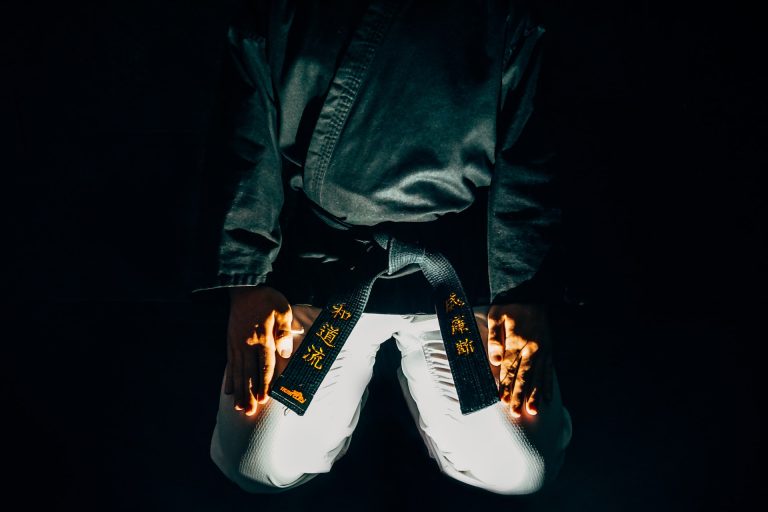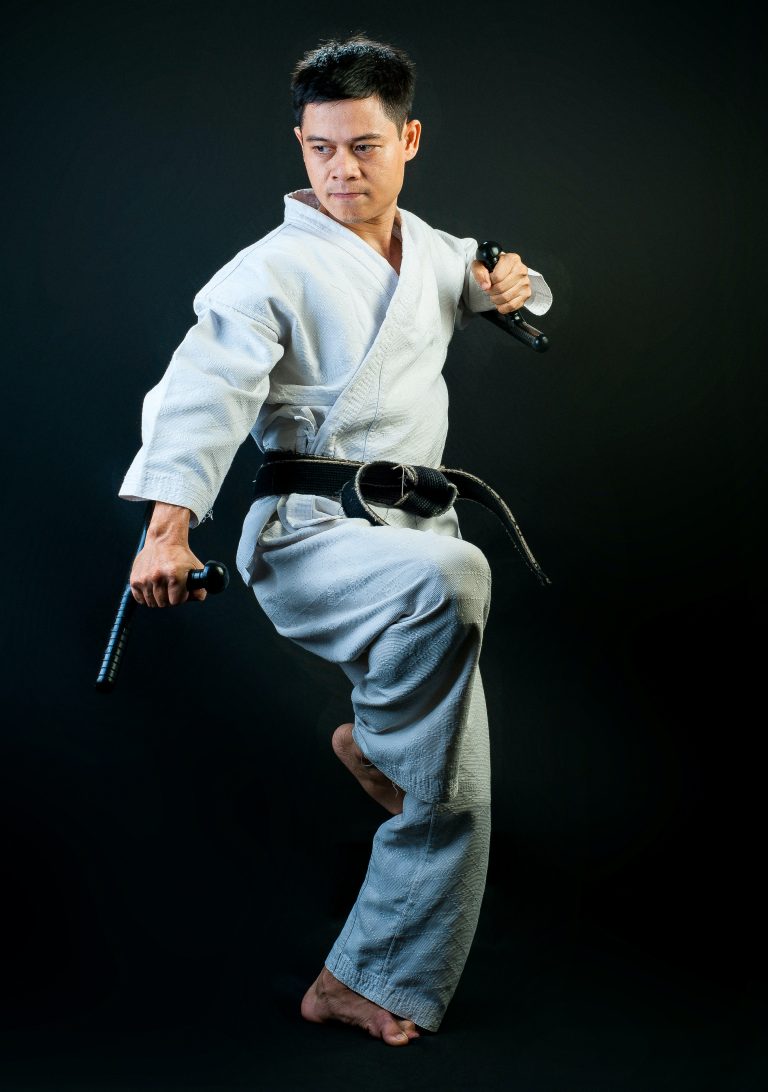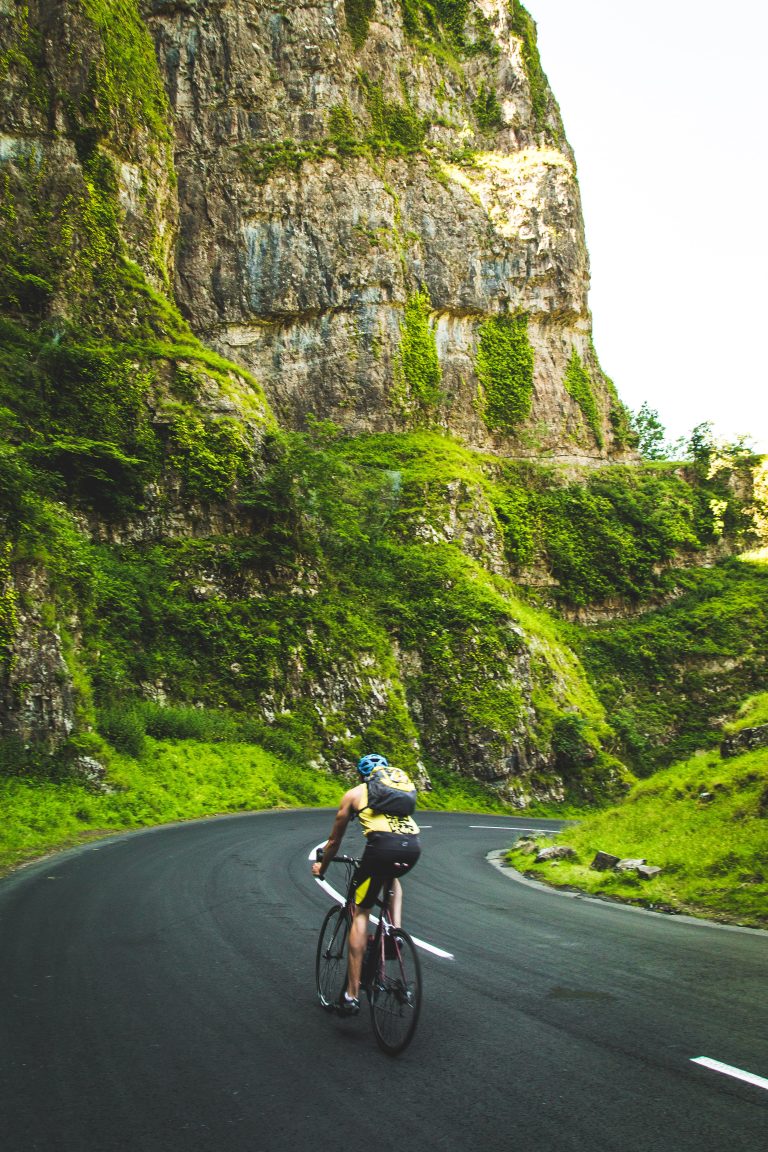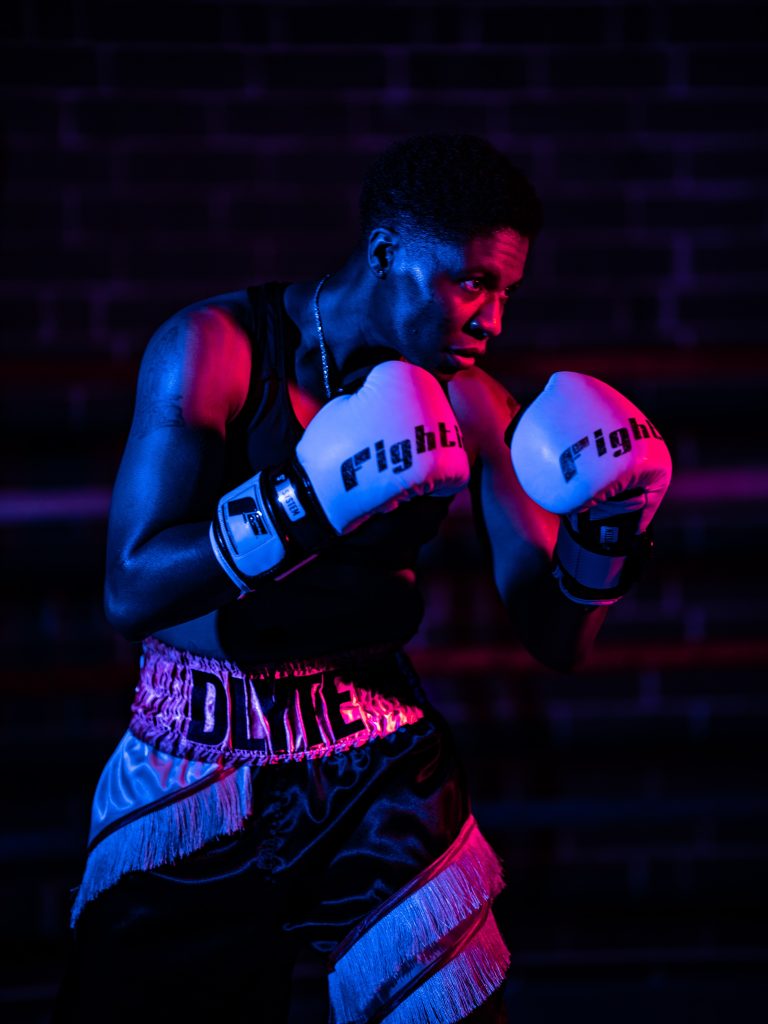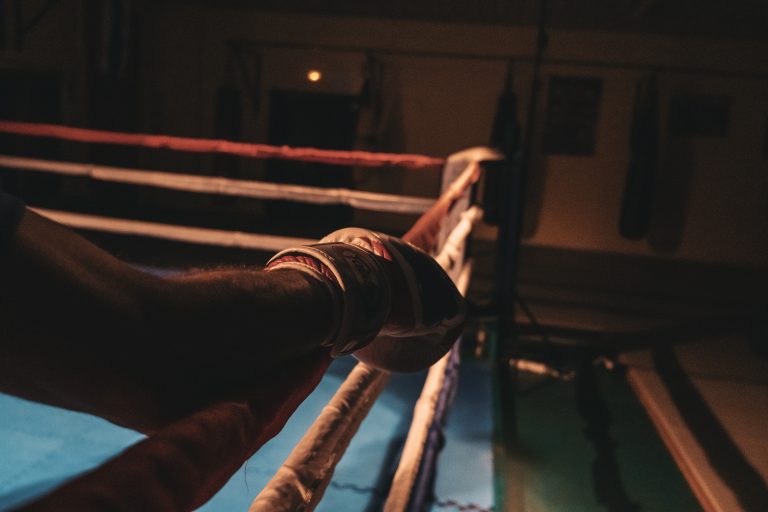Karate – a martial art with Tradition
Karate is a sport, martial art, and discipline that originated in Okinawa, a small island in Japan. This traditional martial art is a physical and mental practice that has gained worldwide recognition, and today, it’s one of the most popular forms of martial arts.
The Origins of Karate
The history of Karate can be traced back to the Ryukyu Kingdom in Okinawa, where it was first developed as an unarmed combat technique to help defend against invasions. It later evolved into a martial art and became known as Karate, meaning “empty hand.” During the early days, Karate practitioners did not have any weapons, so they learned to defend themselves using their bare hands and feet.
The Development of Karate
Despite being practiced for centuries, Karate didn’t gain widespread popularity until the 20th century when various styles emerged throughout Japan. Masutatsu Oyama, who founded Kyokushin Karate in the 1950s, was one of the most influential figures in popularizing the sport.
Today, Karate is available in various forms, including Shotokan, Goju-Ryu, Wadokai, Shito-Ryu, and many others. These styles differ in their techniques and training methods, but they all share the same principles of discipline, respect, and tradition.
The Benefits of Karate
Karate is an excellent physical activity that offers a wide range of benefits. It improves strength, flexibility, balance, and coordination while also increasing cardiovascular fitness. Karate is also known to enhance discipline, focus, and self-confidence.
Karate is a sport that does not discriminate based on age or gender. It’s an excellent sport for children and adults alike, and it offers tons of health benefits. It also teaches individuals to be respectful, disciplined, and helps them develop a strong work ethic.
The Conclusion
In conclusion, Karate is a martial art with a rich history and tradition that has stood the test of time. It’s a sport that offers myriad benefits, including physical fitness, mental health, and discipline. Whether you’re a beginner or an experienced practitioner, Karate is an excellent sport that’s worth trying.
Frequently Asked Questions about Karate – A Martial Art with Tradition
Karate is a martial art that has been practised for centuries. It is a traditional art that originated in Okinawa, Japan, and has now spread all over the world. Karate is known for its emphasis on discipline, respect, and physical fitness. In this article, we will answer some of the most frequently asked questions about Karate.
1. What is Karate?
Karate is a martial art that involves striking, grappling, and blocking techniques. It is a highly disciplined and traditional art form that has its roots in Okinawa, Japan. Karate is a physical and mental discipline that emphasises self-defence, discipline, respect, and physical fitness. Many people take up Karate as a means of improving their overall health and wellbeing, as well as for self-defence and personal development.
2. What are the different styles of Karate?
There are many different styles of Karate, each with its own unique characteristics and techniques. Some of the most popular styles of Karate include Shotokan Karate, Goju-ryu Karate, Wado-ryu Karate, Shito-ryu Karate, and Kyokushin Karate. Each style focuses on different aspects of the art, and students often choose a style based on their personal preferences and goals.
3. What are the benefits of practising Karate?
Karate has many benefits, both physical and mental. Practising Karate can help to improve physical fitness, strength, and flexibility. It can also help to develop self-confidence, discipline, and mental focus. In addition, Karate is a great way to relieve stress and improve overall wellbeing. Many people also find that practising Karate helps them to develop important life skills, such as self-discipline, perseverance, and respect for others.
4. Is Karate suitable for children?
Yes, Karate is a great activity for children. It can help to develop important physical and mental skills, such as coordination, confidence, and self-discipline. Karate can also provide a safe and structured environment for children to learn and grow. However, it is important to choose a reputable and experienced instructor who has experience working with children, and to ensure that children are taught in a safe and age-appropriate manner.
5. What equipment do I need to practise Karate?
To practise Karate, you will need a few basic pieces of equipment. The most important piece of equipment is a Karate uniform, which typically consists of a white jacket and pants. You will also need a belt to indicate your rank and skill level. In addition, you may need protective gear, such as gloves, shin guards, and a mouthguard, depending on the type of training you are doing.
6. Can I practise Karate if I have a pre-existing medical condition?
The answer to this question depends on your specific medical condition. In general, people with pre-existing medical conditions should consult with their doctor before beginning any new exercise or fitness regime, including Karate. Your doctor can advise you on any precautions or modifications that you may need to make to ensure that you can safely participate in Karate training.
7. How long does it take to become proficient in Karate?
The length of time it takes to become proficient in Karate depends on a variety of factors, including your personal goals, your dedication to training, and your natural abilities. Some people may become proficient in a matter of months, while others may take several years to achieve a high level of skill. It is important to approach Karate training as a lifelong pursuit, and to focus on continual improvement and personal development.
8. How can I find a reputable Karate instructor?
To find a reputable Karate instructor, it is important to do your research. Look for instructors who have experience and certification in their chosen style of Karate, and who have a track record of producing skilled and successful students. You can also check with your local Karate association or governing body to find a list of certified instructors in your area. In addition, it is a good idea to observe a few classes before committing to a particular instructor or school, to ensure that their teaching style and philosophy aligns with your personal goals and preferences.
9. Can Karate be used for self-defence?
Yes, Karate can be used for self-defence. The techniques taught in Karate can be used to defend oneself against an attacker in a variety of situations. However, it is important to remember that self-defence is not just about physical techniques, but also about mental awareness and preparedness. Practising Karate can help to develop important self-defence skills, but it is also important to be aware of your surroundings and to have a plan in place for responding to potential threats.
10. How is Karate different from other martial arts?
Karate is different from other martial arts in a number of ways. For example, Karate places a strong emphasis on discipline, respect, and tradition, and often incorporates a wide range of traditional training methods, including kata (choreographed patterns of movement) and kumite (sparring). In addition, Karate tends to focus more on striking techniques, whereas other martial arts, such as Judo or Brazilian Jiu-Jitsu, focus more on grappling or throwing techniques. Ultimately, the differences between Karate and other martial arts come down to each style’s unique history, philosophy, and training methods.
Conclusion
Karate is a traditional martial art that has many physical and mental benefits. Whether you are interested in improving your fitness, developing self-defence skills, or pursuing personal growth and development, Karate is a great option. By choosing a reputable instructor and committing to regular training, you can experience the many benefits that this ancient art form has to offer.
Inhaltsverzeichnis

